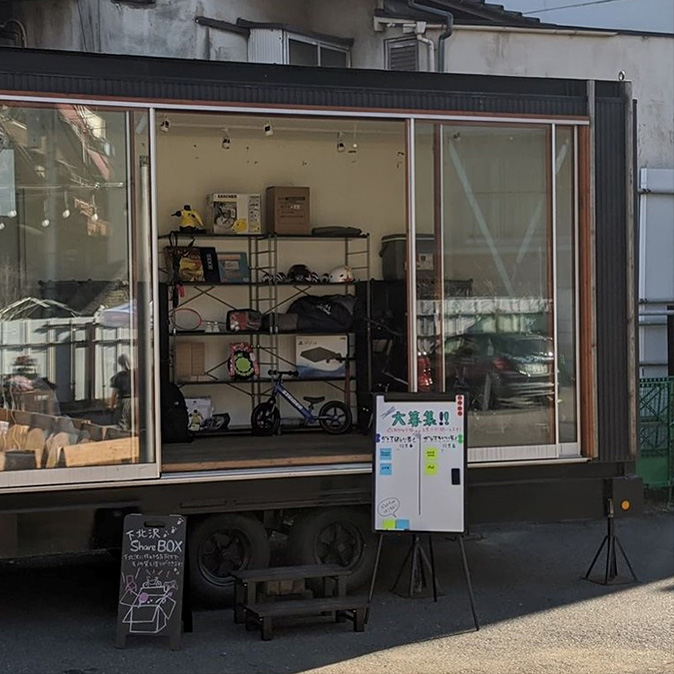- Viewpoints
Smart cities aim to create convenient and pleasant cities using the latest digital technology. Such plans under way in various parts of Japan have not placed much importance on sei-katsu-sha/citizens until now. Yuji Yoshimura, Project Associate Professor at the University of Tokyo’s Research Center for Advanced Science and Technology, who spent many years working in urban planning in Barcelona, Spain, and Masahiro Oie, Business Design Director at Hakuhodo’s MIRAI (Future) Business Division, discuss what smart cities that have sei-katsu-sha at their center might look like.
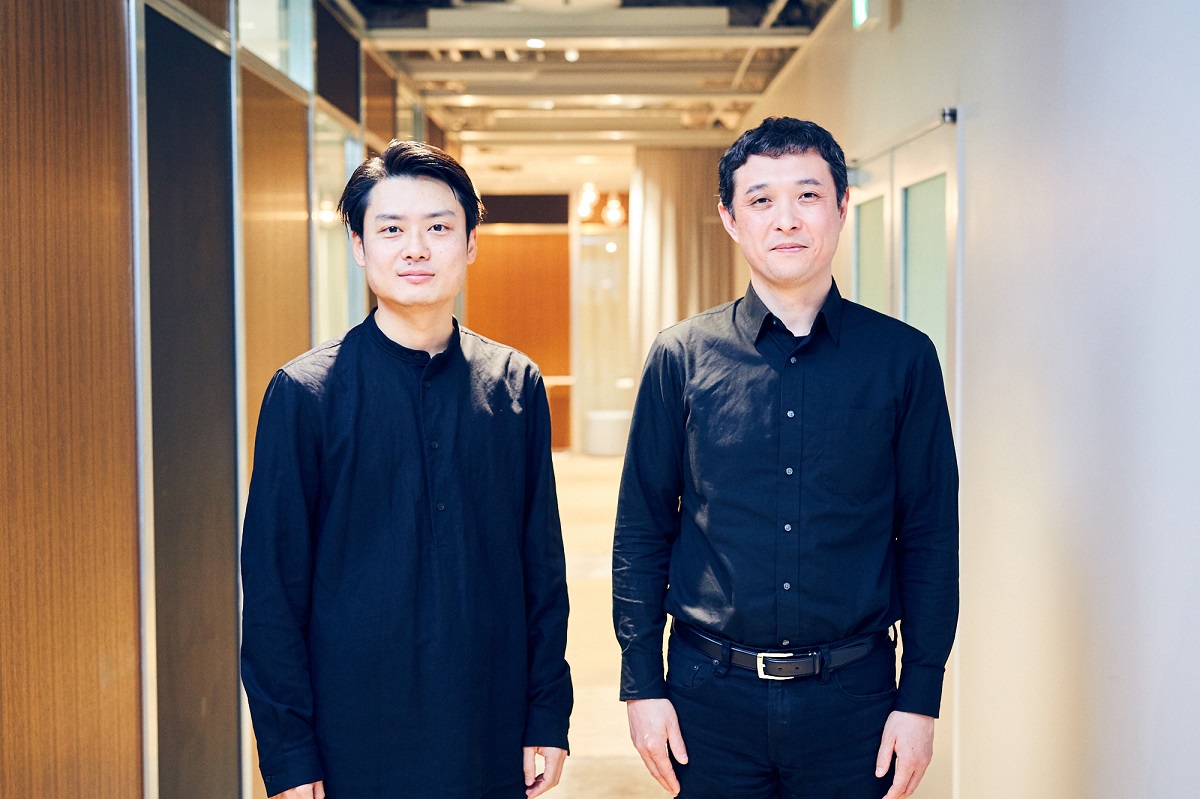 From left: Masahiro Oie, Hakuhodo Inc.; Yuji Yoshimura, The University of Tokyo
From left: Masahiro Oie, Hakuhodo Inc.; Yuji Yoshimura, The University of TokyoOn being involved in urban planning in Europe
OIE: The Future Business Division was introduced in April 2019 with the goal of setting up independent new businesses. We currently have several projects we are working on, and of these, I am in charge of the smart cities project. Having majored in architectural design at graduate school, I have long been interested in urban development. Professor Yoshimura, you used to specialize in architectural design, too, didn’t you?
YOSHIMURA: Yes. I moved to Spain in 2001 for an architect position, and it was while living in Barcelona that my passion for urban development and public space planning, in addition to architecture, began. When I contacted the Barcelona Urban Ecology Agency, which is in charge of strategies for public spaces and pedestrian spaces for the city, they happened to have a vacancy and I started working there.
OIE: That was lucky. You were able to get involved in urban development work right away.
YOSHIMURA: My vision was to raise the quality of citizens’ lives through urban planning, but the first job I was given was transportation planning and I was told to create a transportation system using the latest technology. They said, “Japanese people are good with technology, so it should be a piece of cake for you.” [Laughs] It was completely outside my area of expertise, but there was no way I was going to say I couldn’t do it, so I took it on. That was 2005.
At the time, there were not many systems for effectively tracking individual vehicles. It was just when Bluetooth-enabled communication technologies were appearing, and when I tried to create sensors using that, I somehow ended up with a transportation system that worked better than expected.
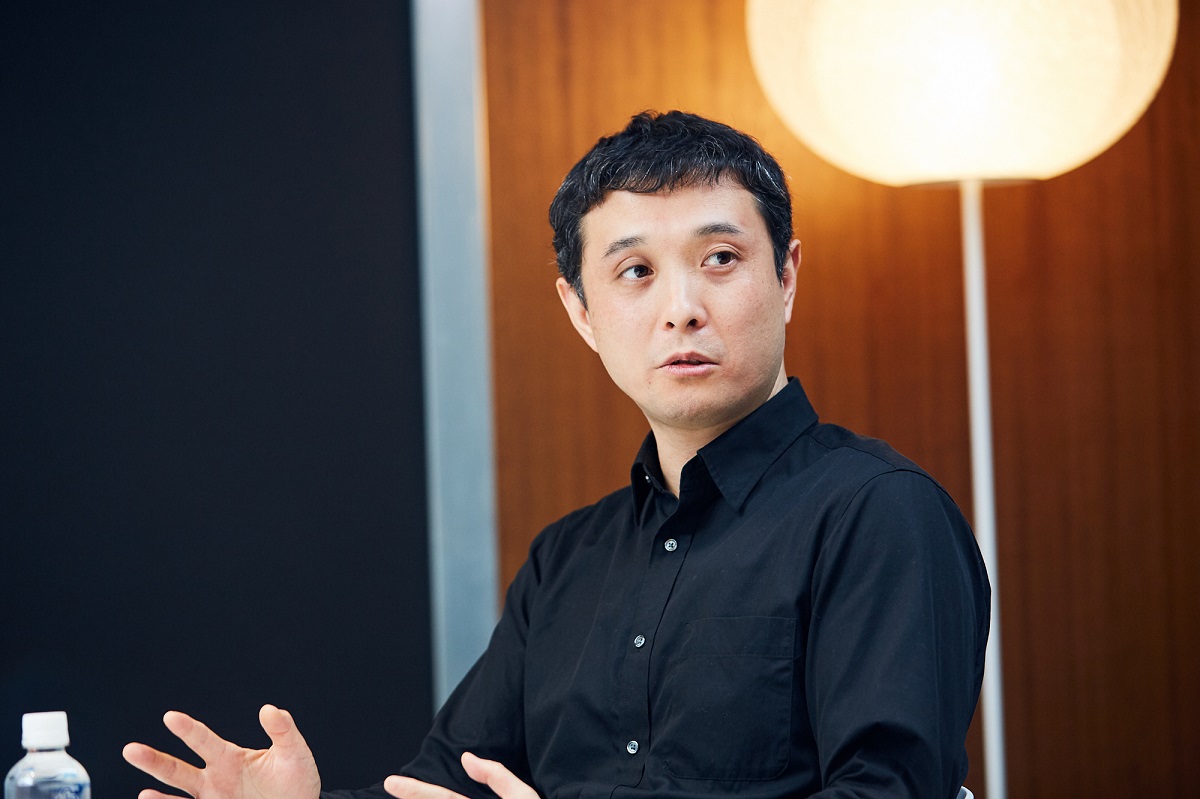
OIE: That would have been before the term “IoT” was in general use. That must have been a fairly advanced initiative.
YOSHIMURA: At the time, I was also involved in a European Commission urban development project that was using information and communications technology. When I presented the system that I developed to the project, the response was fantastic, and the same system was trialed in Helsinki and Dublin as well. Looking back, I think that was the beginning of the kind of urban development that would go on to be called “smart cities.”
OIE: Even if you have a system for collecting data, the data is not useful without a system for analyzing it. How did you create that system?
YOSHIMURA: As you say, data analysis requires computer science and other knowhow different from that needed for data collection. When I went to talk to university people in Barcelona about this, they said, “Why don’t you try doing it yourself,” and I thought why not? I then started studying at university, and got a Ph.D. in computer science. I had project management experience prior to starting the doctoral course, and had data and ideas for my doctoral thesis, so I thought I’d be able to skip through it in three years, but it ended up taking five. Acquiring a doctorate at a European university involves a great deal of focus on the liberal arts, in addition to technical aspects. Rather than just cramming candidates with scientific and technical knowledge, universities also put a lot of effort into questions about the people and society that will use these things. So just putting sensors on street corners and leaving it at that was not going to cut it. But that experience opened my eyes to the possibility of using AI and big data in urban planning and urban development, and ultimately in lifting citizens’ quality of life, which is directly connected to civic life.
Commonalities between citizen participation and the sei-katsu-sha insight philosophy
OIE: In tackling the topic of smart cities, I thought about what it means for Hakuhodo to be involved in smart city initiatives. In Japan, it is generally understood that smart cities are those that have systems such as energy management and mobility services. But if Hakuhodo is to be involved, I think it is essential to take a sei-katsu-sha insight perspective, or to look at things from the standpoint of ordinary people and consider how to make their lives richer.
YOSHIMURA: So in other words, to create smart cities that meet sei-katsu-sha’s needs. It is precisely this perspective that is missing from the debate about smart cities in Japan. Discussions about smart cities seem always to start and end with infrastructure and energy issues. But the starting point in the development of smart cities in Europe is how much they can improve citizens’ quality of life.
OIE: I feel that every time I go to Europe. After participating in Ars Electronica, an event for technology, art and society held annually in Linz, Austria, I went to Barcelona. Whether it was a project exhibited at Ars or in Barcelona, I got a real sense that citizen participation in urban development was really advanced. Europe’s citizen participation way of thinking very much resonates with Hakuhodo’s sei-katsu-sha insight philosophy. In that case, how can we utilize this in the development of smart cities in Japan? To get hints about this, I contacted you, Professor Yoshimura, after I got back to Japan.
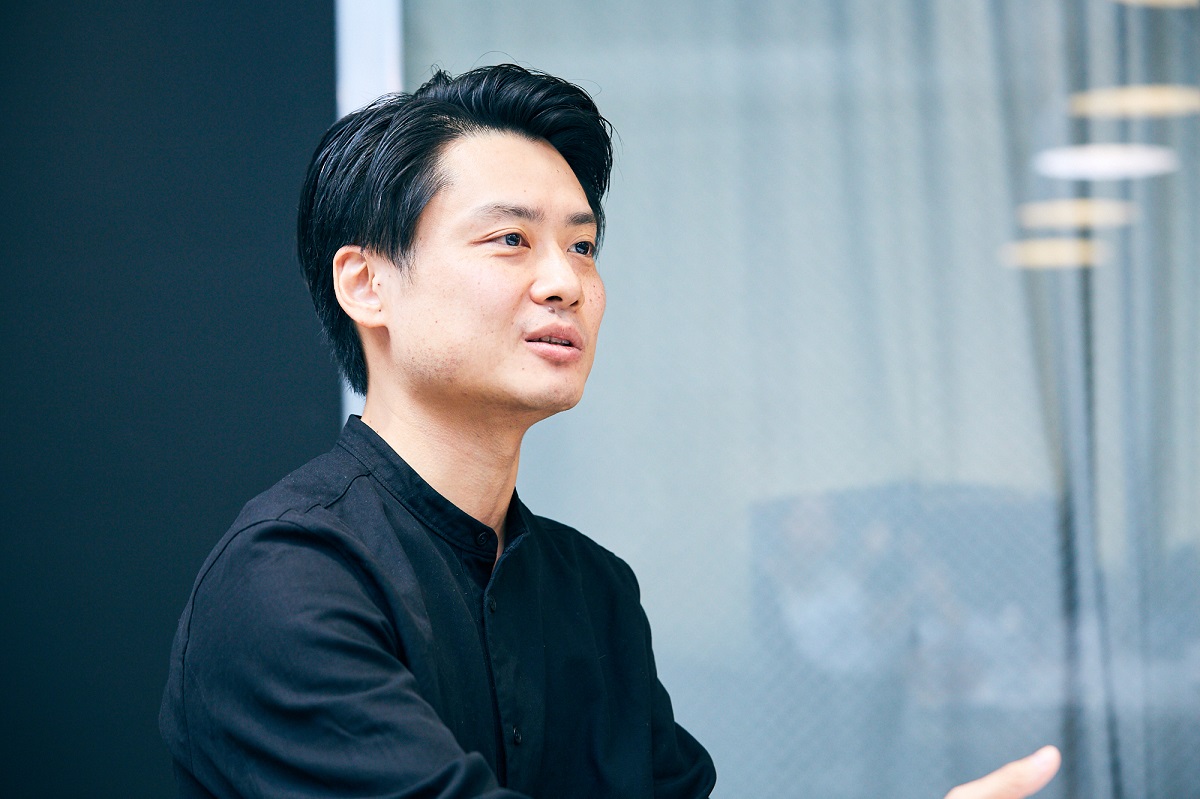
YOSHIMURA: That’s when we first met. After that, we participated in Smart City Expo World Congress 2019 in Barcelona together.
The Expo, which is the world’s premier smart cities show, was hosted by the municipality of Barcelona and drew over 700 cities and over 800 companies from 146 countries, and I was involved in setting it up.
OIE: Smart City Expo is a major event that brings together local authorities and companies from the world over and allows you to see the world’s smart city initiatives at one glance. I thought the categorization of its topics was very European and intriguing: Digital transformation, Urban environments, Governance and Finance – so far, so conventional, but then there was also Inclusion and sharing. So, civic perspectives like social inclusion and the sharing of objects and spaces were being fully considered.
 At Smart City Expo World Congress 2019
At Smart City Expo World Congress 2019YOSHIMURA: Chinese and Korean initiatives were particularly noticeable from Asia. Japan’s profile was fairly low, unfortunately. I thought I should have done more. [Laughs]
The need for a mechanism that links companies, local authorities and citizens
OIE: What kinds of issues are there likely to be if Japan introduces smart cities down the track?
YOSHIMURA: What stands out about Barcelona is the existence of an information department within the administration, where all information concerning the city is managed together. This mechanism enables the provision of necessary information to other departments from there. In Japan’s case, administrative organization is divided vertically and, it seems to me, the sharing of information is not carried out smoothly. That is probably one issue.
OIE: So, crossing “turf lines.” There are turf lines within governments, and there are many turf lines between existing industrial sectors. The challenge is probably how to build a system that does away with these frameworks and connects organizations horizontally. When in Barcelona, I saw the superblocks for myself, and they seemed to me to have been realized precisely through the linking of various players as equals.
 Districts in which the superblocks plan is in place
Districts in which the superblocks plan is in placeYOSHIMURA: The superblocks initiative brings together grids of nine blocks (3×3 blocks) into one superblock to create spaces that are more livable for residents. It halves the width of the original roads and does lots of interesting things with the reclaimed space, such as turning it into public space and turning intersections into plazas for “citizen associations,” among other things.
 Citizen associations [Photo: Yuji Yoshimura]
Citizen associations [Photo: Yuji Yoshimura]OIE: The roads connecting the nine blocks look like a sharp sign (#) from the air, so the city carried out a campaign called “(#) Sharp democratia.” The name is great, too. I think that this kind of city development would require close cooperation between companies, the local authority and local residents.
YOSHIMURA: In Europe, the public sector has a great deal of power, generally. In Barcelona, too, public servants in the local council are the super elite, with many holding doctorates and MBAs. The superblock project is one that was realized with these strong-minded people consolidating citizens’ views.
OIE: I think Japan’s post-war urban planning was driven more or less by private companies such as developers and railway companies. The fact that private companies have contributed to the creation of public value is terrific; we now need to move on to the next stage. As the Japanese population decreases, we need to transform the private-public balance for the new age and come up with better ways to work together.
YOSHIMURA: That’s a very meaningful challenge. I think the challenge here is to neatly juggle the interests of the various players and create mechanisms that keep everyone happy, including sei-katsu-sha. I think this is something that Hakuhodo can contribute to.
OIE: Thank you for saying so. The efforts of cities in Europe, including Barcelona, are a great textbook, but we can’t just try to adopt them in Japan as is. I feel that we need knowledge that addresses Japan’s culture and business practices.
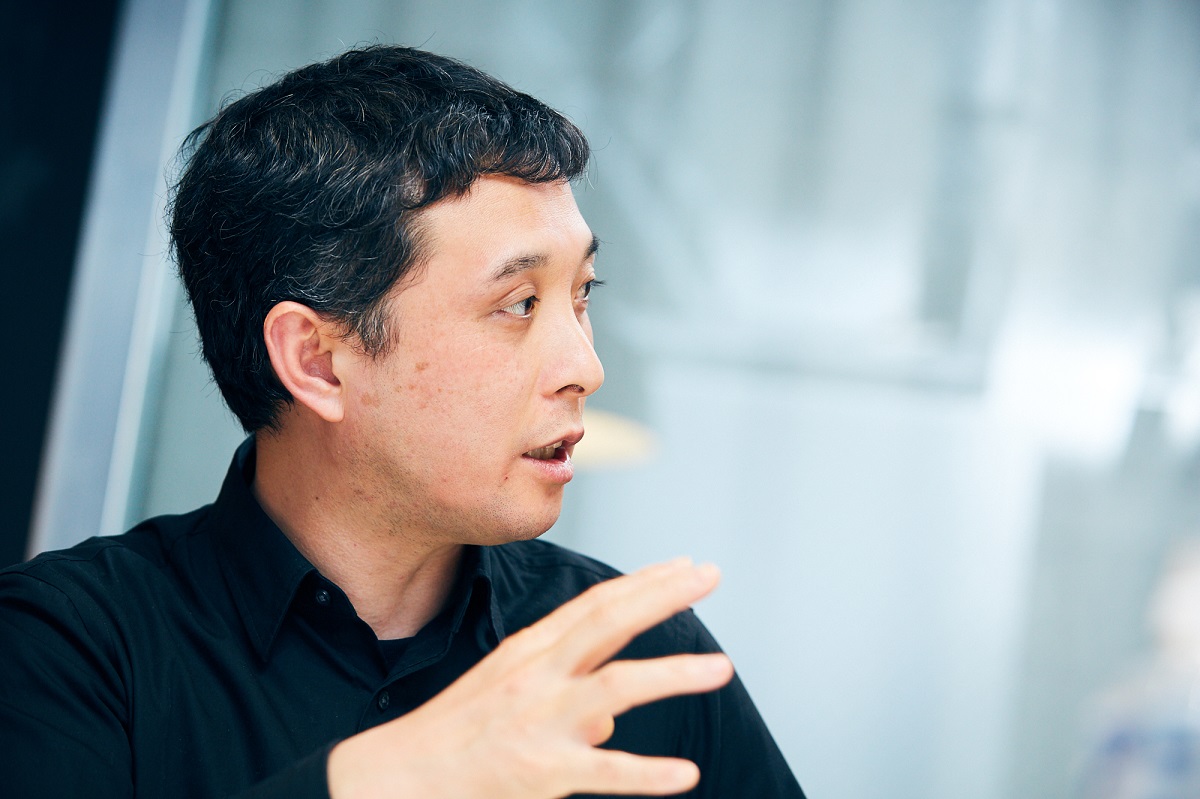
Creating cities centered on citizens’ lives is “cool and fun”
OIE: Barcelona has various interesting platforms, like Decidim, Sentilo and Smart Citizen Kit.
YOSHIMURA: Decidim is a digital and democratic platform for citizen participation. Sentilo is an open-source sensor and actuator platform. To boost the convenience and comfort of citizens’ lives, sensors that monitor temperature, humidity and air pollution, to name a few, are essential. Sentilo made the standards for that open-source. Smart Citizen Kit turns those and other sensors into a kit. The concept is to sell the kits cheaply so that people will use them, then collect the data to improve citizens’ quality of life.
OIE: I feel that the idea and activity design of each of these platforms is amazing. When I went to Amsterdam in the Netherlands, I felt this too: in Europe the idea that citizen-centered city development is cool, fun and something that they want to be involved in seems to have taken root among the people. Consumer habits and community engagement are nicely integrated, so it is perfectly smart and natural.
YOSHIMURA: I think this is partly due to the power of creativity and design. For instance, if you look at the pamphlets put out by local authorities, they are well-designed and look really cool.
OIE: In public endeavors, too, importance is placed on creativity. That is a great point. I think that is another area where Hakuhodo can shine.
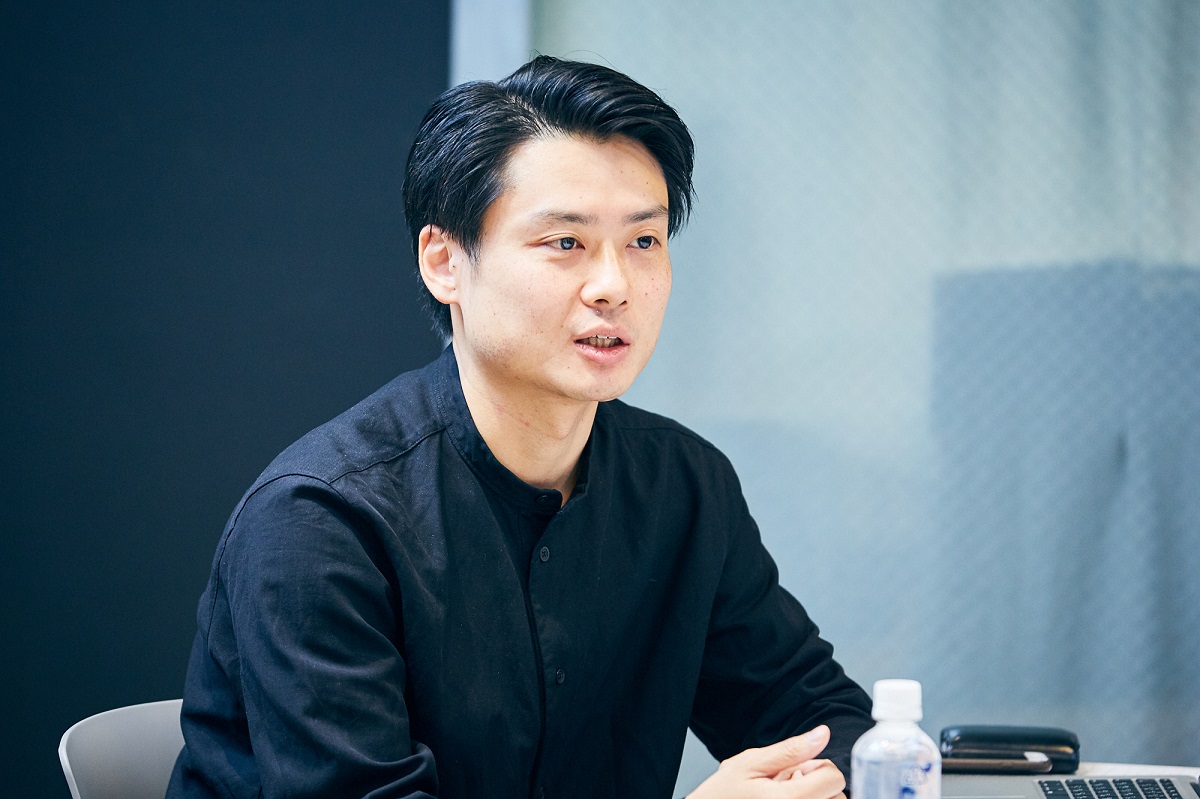
Knowledge from the countries bordering the Mediterranean can provide hints
YOSHIMURA: Until now, Japan has mainly followed the example of northern hemisphere countries like the UK, Germany and the US. But as the Japanese population declines, I think it will actually be the countries around the Mediterranean that provide an example for Japanese society in the future. Countries like Italy, Greece, Portugal and Spain. One thing these countries share is that they all know how to live fun, smart lives. This could provide hints for creating smart cities in Japan.
OIE: How would those hints transfer to the Japanese context? I hope to work hand in hand with a broad range of stakeholders, with your help, of course to build particularly Japanese smart cities.
YOSHIMURA: The first step would be to spread the concept of the sei-katsu-sha–centered smart city and models for it. Let’s work together to realize smart cities, trying and verifying results as we go.
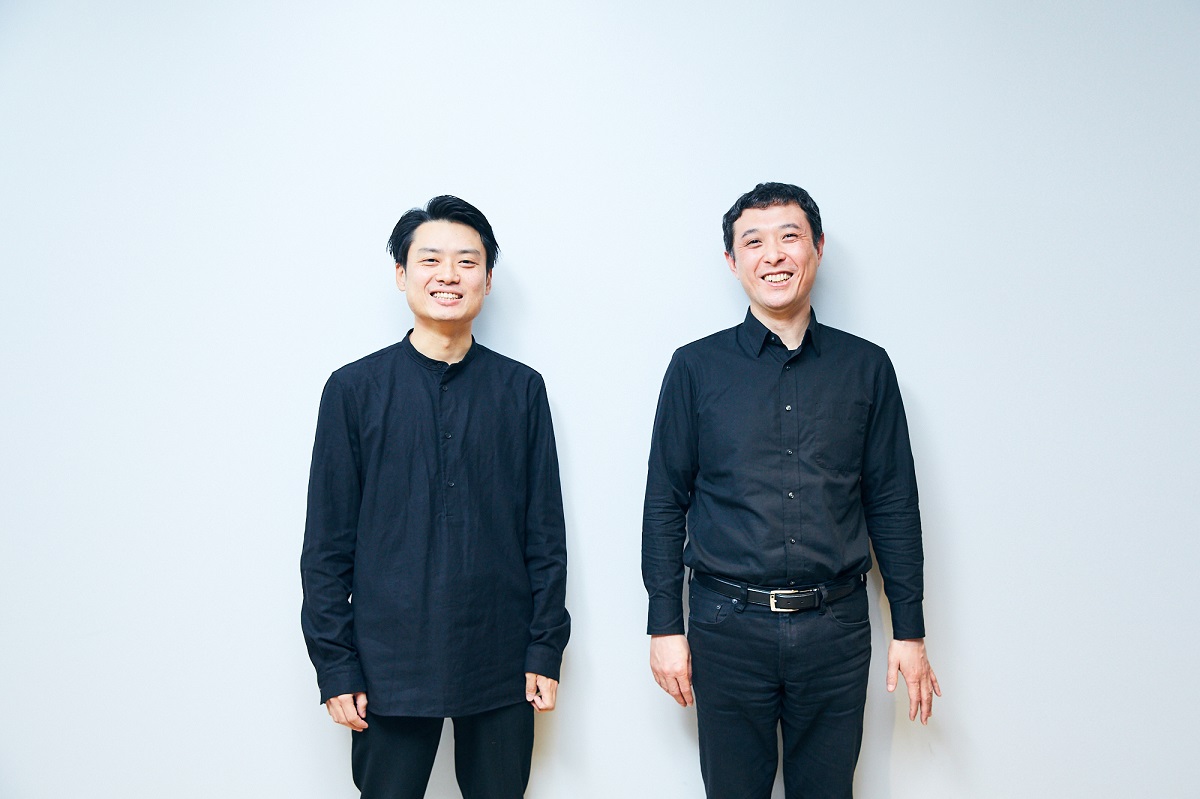
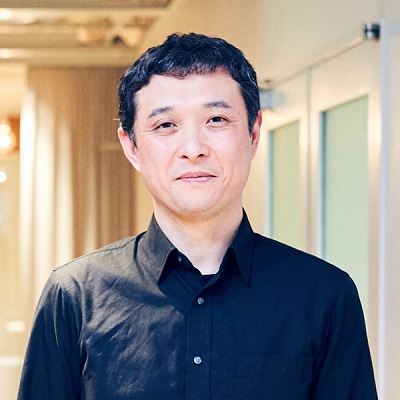
The University of Tokyo
After working at Barcelona Urban Ecology Agency, Center for Innovation in Transport, as a Research Partner at the Louvre Museum, and as a Researcher at Massachusetts Institute of Technology, he is currently the Project Associate Professor at The University of Tokyo. His major projects include the Pedestrian Space Plan for Gràcia District, Barcelona, new municipal bus routes for Barcelona, and many more. In recent years, he has drawn worldwide attention in big data and AI-enabled architecture and urban development for making a pedestrian movement analysis method using credit card behavior data, studying Louvre Museum visitors’ movement using Bluetooth sensors, and compiling “Another history of architecture through the eye of artificial intelligence.” He has a blog, which discusses European society and culture.
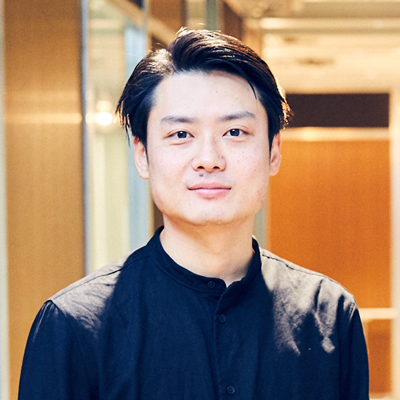
Hakuhodo Inc.













